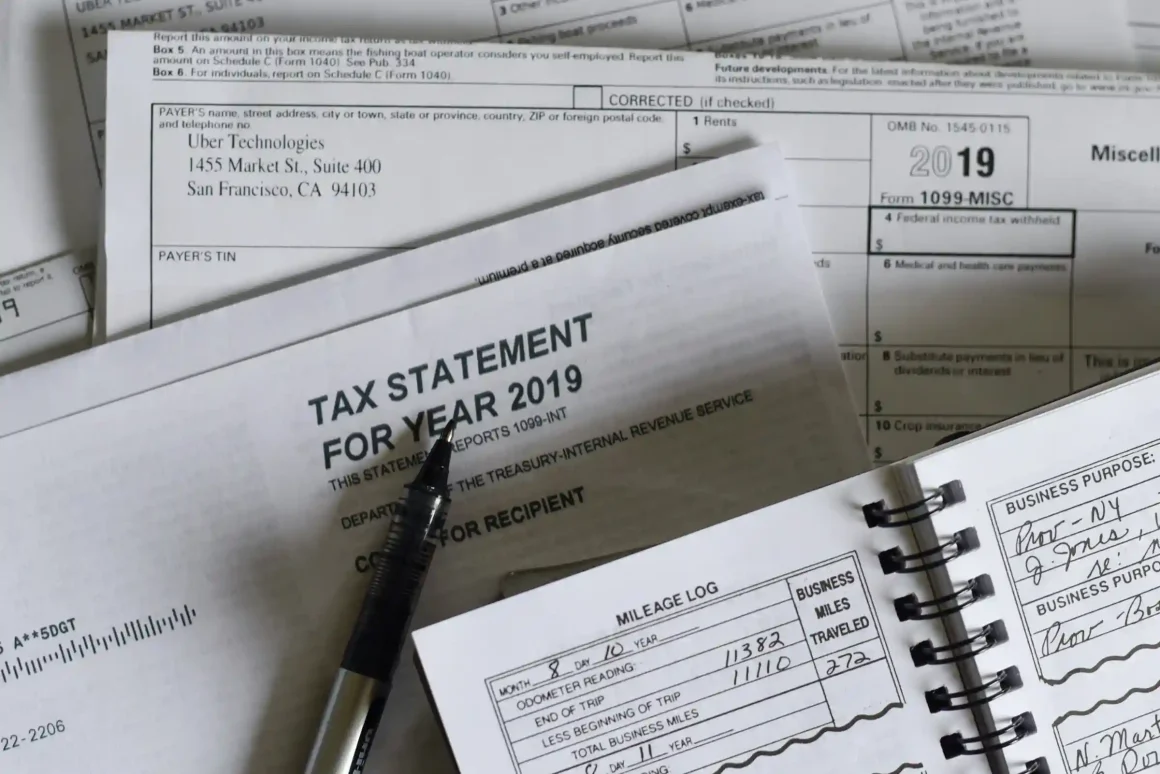What is an RRSP account?
A Registered Retirement Savings Plan (RRSP) is a type of financial account that is registered with the Canadian federal government. It offers tax advantages to individuals who contribute and provides you with a safety net after retirement. In Canada, you can open an RRSP through a financial institution like a bank, credit union, or trust company.
How to contribute towards an RRSP?
It’s important to understand the rules before making contributions, to avoid penalties. For excess contributions exceeding the RRSP deduction limit by $2,000, you will have to pay 1% tax every month for that excess. You can avoid this by withdrawing the excess amount or transferring it to a qualifying group plan.
RRSP accounts can hold different investments such as; Cash, bonds, stocks, mutual funds, ETFs, options, treasury bills and guaranteed investment certificates (GICs).
How are contributions calculated?
The contribution you make to your RRSP is based on a percentage of your earned income, plus previously unused contribution room less any pension adjustments. Your maximum RRSP contribution limit is 18% of your annual earned income or $27,880 (whichever is lower) from the previous year.
The biggest advantage of an RRSP
Contributions are tax-deductible in the year they are made. This means that when you contribute to an RRSP, you are reducing your taxable income for the year by the amount of your contribution. For example, if you earn $90,000 in 2022 and contribute $10,000 to your RRSP, then your 2022 income would be taxed as if you only earned $80,000.
Additionally, contributions made to an RRSP are tax-deferred and will be taxed on withdrawal at the marginal tax rate. In simpler terms, the underlying investment income earned within an RRSP is sheltered from taxes until funds are withdrawn (interest earned on GICs, dividends paid on stocks, or any investment gains held within an RRSP, are not taxed until withdrawn).
How long can you make contributions?
You can invest in an RRSP until December 31 the year you turn 71. After this date, you can contribute up to your RRSP deduction limit to a spousal RRSP or common-law partner RRSP if your spouse or common-law partner is 71 or younger.
When an RRSP matures, there are three options to access funds
- Lump sum withdrawal. A withholding tax will be placed immediately and paid to the government. The withdrawn amount also needs to be added as income when filing for taxes.
- Convert RRSP to Annuity. An annuity is a financial product that provides you with a guaranteed regular income. You can buy an annuity with a lump sum or through multiple payments over time. There are different types of annuities such as life, term-certain and variable annuities. Each type has its advantages and disadvantages, however, what is common is; All annuities don’t have a withholding tax. However, each payment received will be subject to income tax. To learn more about annuities, click this link.
- Convert RRSP to RRIF. An RRSP can be converted to a Registered Retirement Income Fund (RRIF). The amount of money you have in your RRSP at the time you convert it to an RRIF will determine how much you will receive each year. This payout is taxable income.
What’s the fuss about RRSP during tax season?
At the start of every year, you’re allowed to make contributions to your RRSP during the first 60 days and claim it as a deduction in your income tax return for the previous year. For people who haven’t used their contributions from previous years, there is more room for contribution.
The contributed amount will be deducted from your taxable income, thus reducing your taxes owing in any given year. Because your contributions are tax-deductible, you may receive a tax refund every time you make an RRSP contribution. The refund can be as much as 50% of every dollar contributed, depending on your personal tax rate.
You can also use an RRSP to split income with your spouse or common-law partner. For example, if one spouse or common-law partner has a significantly higher income than the other, he or she may be able to contribute to an RRSP for the other and deduct that amount from his or her income. (Note: Contributions to your own plan and your partners can’t exceed your allowable maximum contribution.)
Why you should consider opening an RRSP
- RRSPs get you money back. You get a tax deduction when you put money in RRSPs, and you may receive a tax refund.
- RRSP contributions can grow tax-free. As long as you don’t withdraw, tax is deferred.
- Income in retirement. Once you retire, your RRSP withdrawals are taxed at a lower rate than your income when you were working.
- It’s easy to make RRSP contributions. There are lots of choices for making your contributions: payroll deductions, online banking and automatic payments from your bank account are just a few examples of the ways you can contribute to your RRSPs regularly.
- Tax-deferral on investments. As well as helping you save taxes, RRSPs give your investments a chance to grow on a tax-deferred basis. That means any interest, dividends and capital gains they earn aren’t taxed until they’re withdrawn. So your investments have more money working for them and you end up with more money in your RRSP account when it’s time to retire.
To learn more about other registered accounts, such as a tax-free savings account (TFSA), click here.















